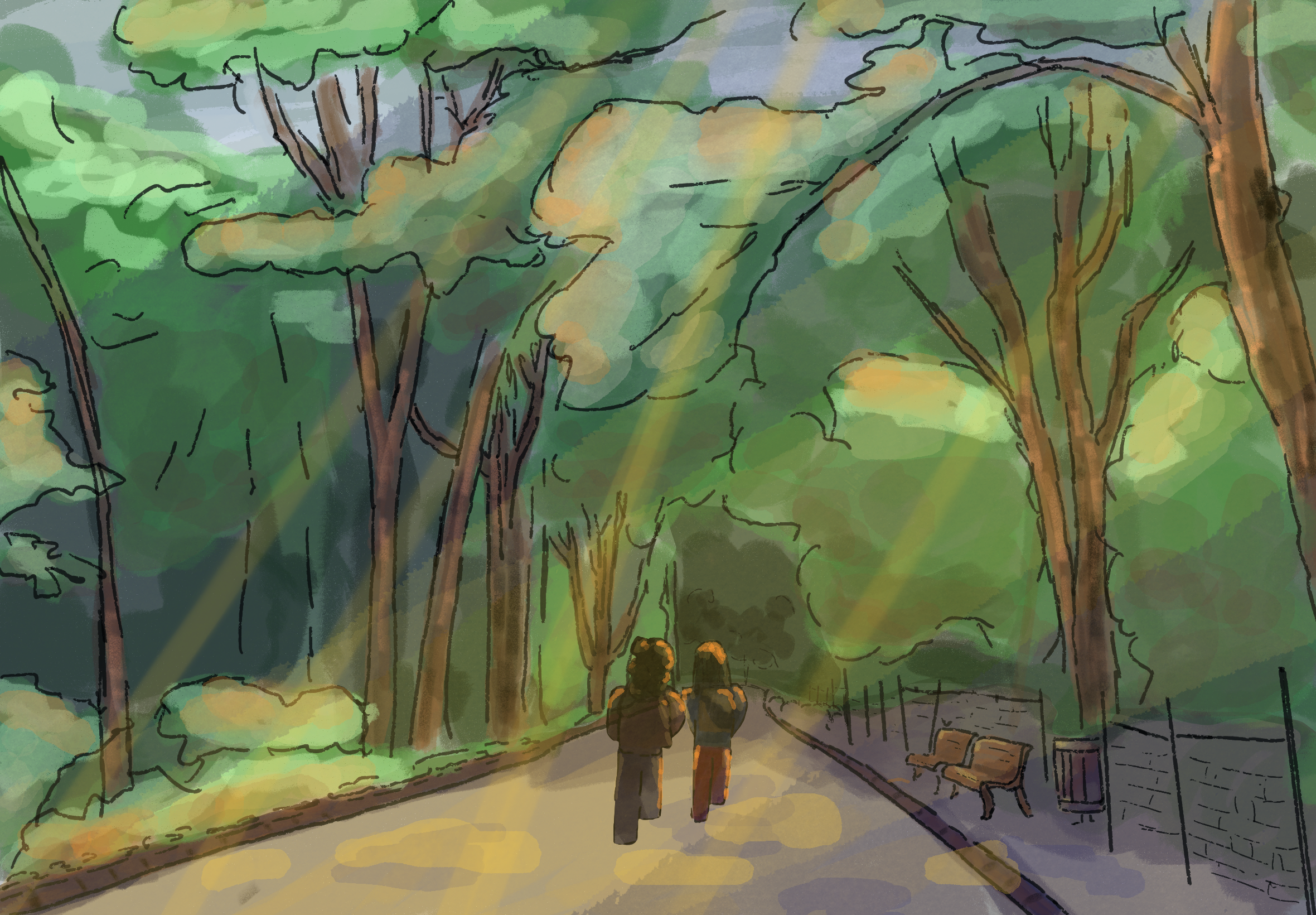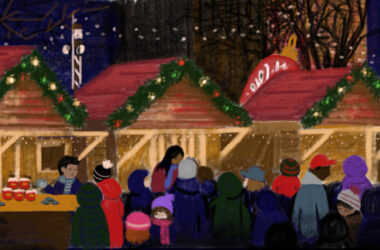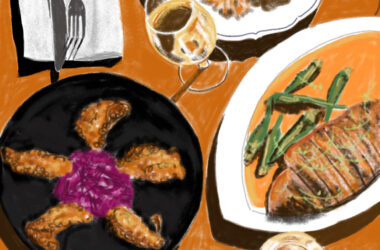Moving to a new place is scary—especially when it’s for school. All of a sudden, we’re thrust into an alien environment, surrounded by swaths of strangers and, at least for many anglophone McGillians, a new language. We’re expected to adapt to all of this while simultaneously managing the new pressure of university-level courses. This can make Montreal appear intimidating.
Yet, this adjustment also presents an opportunity to make the city your home. Don’t know where to start? Don’t fret, The Tribune has taken the liberty of compiling everything you need to combat homesickness and help you fall in love with Montreal.
Reach new heights
You may have already noticed Parc du Mont-Royal looming behind campus, an austere giant that lifts the skies and shoulders the buildings. Its dense woods and fertile hiking trails make it the perfect place to clear your head, get that heartbeat up, or contemplate those deep post-midterm existential crises. It’s also one of the best places to acquaint yourself with Montreal. Whether you opt to brave the seemingly never-ending staircase up to Kondiaronk Belvedere or spring for a leisurely stroll to Lac aux Castors, an afternoon on the mountain will be sure to acquaint you with your new home. Take in the city skyline, marvel at the electric cross, or enjoy a coffee from the famed Chalet du Mont Royal in alpine bliss. No matter what, you will come away with a greater understanding of Montreal’s geography and history—and discover the perfect spot to bring new friends.
Take your stand in the city-wide debate
Fairmount or St-Viateur? That is the question. The bagel-war is the only skirmish you’ll want to enlist in—and with top-notch options, it’s hard to pick a side. Travel to the front lines by taking an excursion to the Mile End, a laid-back, cool, and semi-hipster neighbourhood with a thriving food scene stemming from its rich Jewish history. While at St-Viateur, you’ll find yourself in a utopia of cream cheese and breakfast sandwich options; at Fairmount, you’ll only be able to buy bagels by the individual, half dozen, or dozen. The ultimate test: Go to both stores (about a block away from each other), find a spot to sit down outside, and do a blind taste-test. Take a residence acquaintance, a classmate, or, for a real argument, a seasoned Montrealer, and see how heated the quarrel becomes.
Go off the beaten trail
Even if you’re new to McGill, you probably already know Old Port. Its prestige in terms of Montreal neighbourhoods is rightly deserved. Bursting with history, kitschy souvenir shops, first-class restaurants, and cobblestone streets which magically transport you to a European town square, it’s obviously worth a visit. However, much of Montreal’s rich cultural conversation lies outside the tourist zones, in neighbourhoods most non-Montrealer students might not see if they don’t go looking for it. Walk along the Lachine Canal and you’ll find yourself at the nexus of Saint-Henri, Griffintown, and La Petite-Bourgogne, each with charming, unique architecture, idiosyncratic restaurants and cafes, and its own contributions to Montreal history and accomplishment.
Can’t decide between Italian, Haitian, Vietnamese, or North African food? In neighbourhoods like Saint Leonard, you can see cultural diffusion in action where ethnic enclaves constantly mesh with one another, producing gastronomic miracles and proud locals. Where else could you get Haitian Tassot with a side of arancini and a Vietnamese coffee, all within one block? Getting outside of the McGill bubble will give you a better sense of the city, the people who live here, and the robust culture they’ve built. Bonus: Taking the metro will make you all the more adept at navigating the city on your own (and you can get a student discount if you order your OPUS card through Minerva).
Become a regular
At a cafe, a bar, a library, or even a club (dance or student, you pick). Show up somewhere regularly. Meet the people there. You’ll soon find that people begin to recognize your face and know your name, and that you’ll know theirs more and more. What’s important is to set up roots. It doesn’t matter if you don’t know anyone else going into it; you’ll meet people. Establish yourself, and you’ll begin to feel all the more at home.







